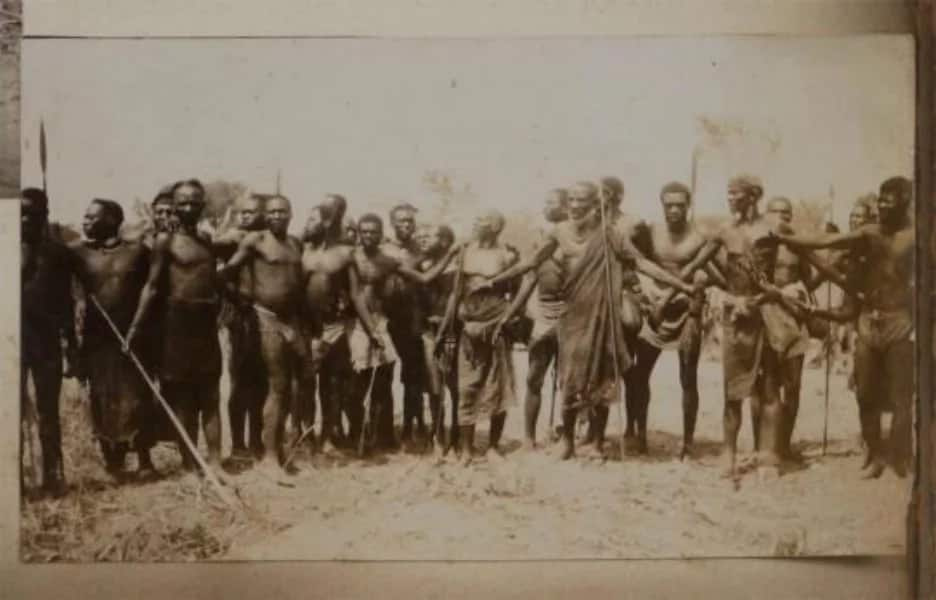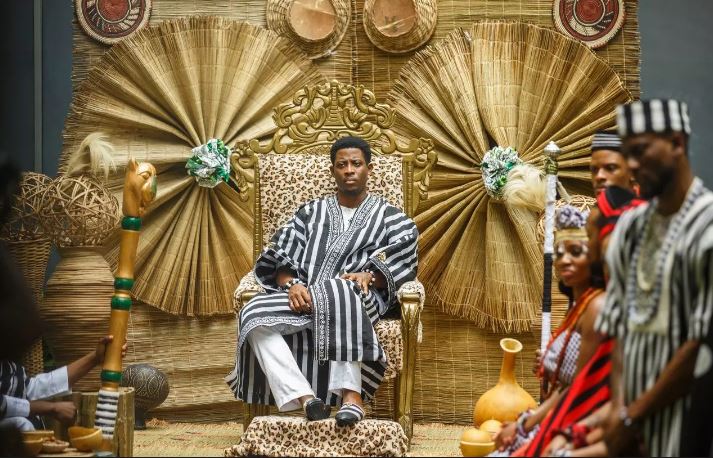The Benue-Congo branch of the Niger-Congo family of languages includes the Tiv, who inhabit both sides of the Benue River in Nigeria. However, there are some speakers of the Tiv language in Cameroon and in various regions of North Central Nigeria. According to the report released in 2020, there were over five million speakers at the time. The Nigerian state of Benue has the largest concentration of Tiv speakers.
Furthermore, some states, such as Plateau, Taraba, Nasarawa, and Cross River in Nigeria, as well as the Federal Capital Territory of Abuja, are also major centres of the language. Thus, the Tivoid languages, a group of languages that make up the Southern Bantoid languages, are by far the biggest.
In 1854, the Tiv language (dzwa Tiv) was first mentioned by Koelle, who spoke with Sierra Leonean slaves who had been freed. However, history has it that it was categorized as an odd language among Semi-Bantu languages by Johnston (1919), and Talbot (1926).
Tiv is classified as a Bantu language by Abraham (1933), the most thorough linguist to have studied it, because of the vocabulary’s resemblance to the East African Nyanza group of Bantu languages rather than to Ekoi or other nearby languages. According to research, the Tiv are primarily Bantu. However, the creation of the Tiv language is said to have been in existence since the 15th century.
In this piece, Naijabiography explores the history and culture of the Tiv people.

History
According to research, the Tiv people are said to have arrived in their current position from the southeast. Furthermore, research reveals that the Tiv people in the past travelled through southern, south-central, and west-central Africa before making their way via the Cameroon Mountains and the Congo River to settle in Swemkaragbe, which is near Cameron and Nigeria, during the beginning of the 1500s CE.
As they described it, “coming down” happened in waves; some came into the centre of the Benue Valley, which is now central Nigeria, while others moved northward via the Mdema and Waka areas. These dispersions happened between the years of the early 1500s and the early 1600s, as social connections and fresh migrant arrivals to Nigeria developed over time.
According to legends, the Tiv people were among the first inhabitants of the Benue Valley before other tribes eventually migrated to join them. Because they were free people without a king, each clan or kindred was governed by the eldest man, known as “Orya,” and they posed no threat to new immigrants to the area who coexisted with them up until that point.
In the 18th century, Europeans made their initial contact with the Tiv. This is because the colonial masters preferred working with kings, and the Tiv in Nigeria were only recently recognized. They were discovered on the banks of the Benue River and were later determined to be distinct from other ethnic minorities and were the main inhabitants of the Benue Valley.
However, it is noteworthy to state that the time of encounter with the Europeans does not indicate their time of migration. Thus, kinship was later taught to the Tiv people at that time by the Europeans in 1940s Benue. History has it that they occupied the riverbanks in about the same way in 1879 as they did in 1950.
Therefore, when tensions between the Tiv and other minorities in the Benue valley erupted in 1906, British forces invaded Tivland from the east. In 1950, the Tiv claimed to have defeated this British force and afterwards welcomed the British in for talks. Furthermore, the southern region was infiltrated from the south; in 1911, there was what the southern Tiv refer to as “the eruption” of the British.
Meanwhile, during the colonial era, the Tiv encountered European civilization. A Southern Nigeria Regiment mission under Lieutenant-Colonel Hugh Trenchard made contact with the Tiv from November 1907 until the spring of 1908. Gifts were delivered by Trenchard to the tribal leaders. Also, roads were subsequently constructed and trade connections between Europeans and the Tiv were formed. Prior to the start of road building, a missionary by the name of Mary Slessor visited the area to assess the needs of the populace.

The majority of Tiv have a highly developed sense of genealogy, with patrilineal descent being considered. All Tiv people consider themselves to be either member of Ichongo (descendants of son Chongo) or of Ipusu; ancestry may be traced back to an ancient man named Tiv who had two sons (descendants of son Pusu). Each of the major branches of Ichongo and Ipusu is further subdivided into minor branches.
History has it that the “ipaven” is the smallest branch or minimal lineage. Thus, residents of an ipaven typically live in a kin-based community known as the “tar.” However, the Tiv lacked both leaders and councils, as well as administrative divisions. Age, stature, and wealth were factors in leadership. The leaders’ duties included ensuring orderly behaviour, mediating family conflicts, serving on moots, and guiding their followers in all internal and exterior issues.
Meanwhile, the British believed indirect rule to be extremely efficient in controlling the Hausa and Fulani communities in Northern Nigeria, but it was unsuccessful in a segmented culture like the Tiv. According to research, the Tiv were placed under the supervision of the adjacent Jukun, and colonial officers attempted to exercise control through the councils of elders (Jir Tamen), but these efforts were unsuccessful. In 1934, the colonial government divided the Tiv into clans, kindreds, and family groups. In addition, the British appointed natives to lead these divisions during the indirect rule system.

Culture
The black-and-white striped “anger” is the Tiv people’s traditional clothing. The zebra they hunted for meat and the skin they used for ceremonial attire was not indigenous to the area when the Tiv people first arrived at their current location several centuries ago.
Therefore, when they learned how to use a loom, they took the decision to pay homage to their ancestors by weaving a fabric with black-and-white stripes that resembled zebra skin. This fabric was then made into the preferred clothing. At first, it was just a piece of cloth that was wrapped around the torso. Also, the traditional rulers’ necklaces, which are black and white, were picked to go with their robes.
Other Tivs’ cultural clothes include Ivvavtyo, Lishi, Gbev-whaa, Godo, Tugudu, Chado, Deremen, and Gbagir.
History has it that there were some musical instruments and traditional songs that the Tivs used to sing in the past. Some of these instruments are explained below;
Kakaki– Many West African cultures in Nigeria, Niger, Chad, and Burkina Faso employ the kakaki, a regal trumpet. This is a tool used to communicate important information to the populace, such as the birth of the Monarch’s child, his naming ceremony, the coronation of a new king, or to bring people together during the marriage of the King and the King’s son.
Ilyu– It was a little wooden instrument that was used to communicate with the villagers, possibly to invite them to a particular elders’ conference held in the palace of the monarch or to summon them to the market square for a message from or from the king.
Adiguve– It is a violin-like instrument used for music and dances in association with Agbande (Agbande) at festivals and dance events, and it is occasionally used to notify the passing of a community leader or elder. It is played somberly for the dead people’s sadness during this time. Most often, it is played at funerals.
Akya– It is utilized at festivals to convey a message to the crowd, calling for the presentation of culture along with Agbande (drums) and Ageda.

Religion
Although a small number of Tiv have joined Islam and a smaller number have become Christians, their traditional religion, which is based on the control of forces (akombo) given to mankind by a creator god, is still quite powerful.
Tiv’s Foods
Tiv foods are typically prepared with hot water, cooked, crushed, or in a solid form. They primarily consist of carbs or yam or cocoa yam, cassava, beans, corn, etc. Some common Tiv foods are ruam kumen (pounded yam), ruam nahan (turned food), akuto (sweet potato pottage), choko (dafa), akpukpa, etc.





